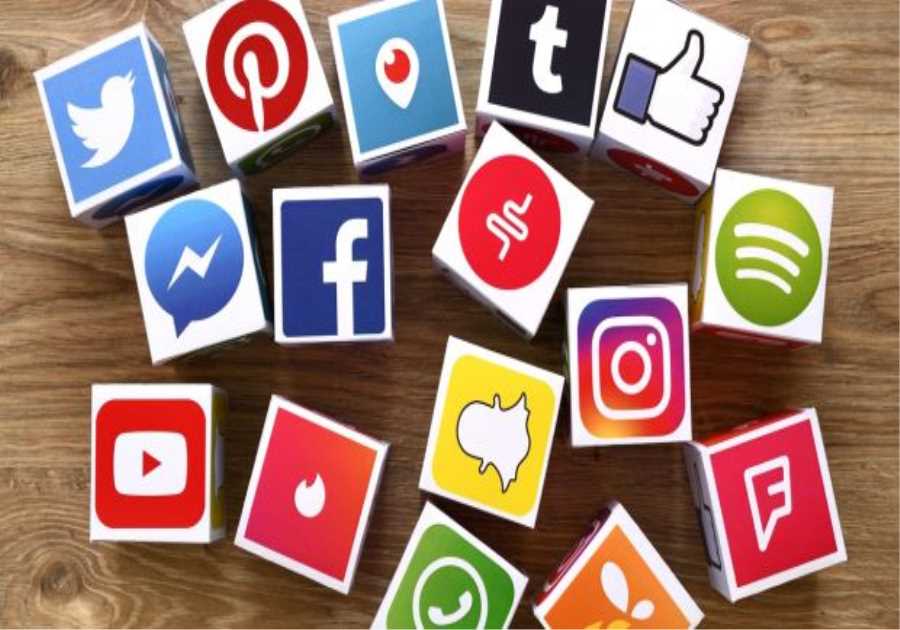
Ever since Elon Musk took over Twitter in October, it’s been clear he can generate controversy and attract news coverage. However, it remains to be seen whether he can actually turn around the platform from a business perspective.
Unfortunately, most of the headlines have not reflected well on his leadership. There have been a series of gaffes such as poorly communicated mass layoffs, the pay-to-play blue tick debacle, reports of advertisers dropping like flies, and Musk’s own followers voting for him to step down as CEO.
If he was anyone other than the former world’s richest man, it would be fair to wonder whether Musk might be forced to step down rather than have a choice. Having declared he’ll honor the public vote on his leadership, but only when he finds a successor, there’s been no news regarding the matter since he made the announcement in December.
The truth is that the problems at Twitter began before Elon Musk took over, and this is reflected in the company’s lukewarm stock performance in recent years compared to other social media platforms. User and revenue growth never exploded in the way seen by Facebook, LinkedIn, and TikTok, all of which, of course, also have their fair share of controversies as brands.
Now, however, many are saying that the end of Twitter is already underway. Jasmine Enberg, a principal analyst at Insider Intelligence, told The Guardian that he expects Twitter to lose 32 million users over the next two years due to frustrations with technical problems and a lack of content moderation.
What’s happening to justify these predictions? What subcommunities are most likely to jump ship first?
Core audience alienated
Social media will always have casual users who flit in and out of platforms. Most of these apps are dependent on a core audience of power users that keep engaging and creating content to draw others in.
When a platform loses users, you’d expect it to be the most casual users, but it feels like there’s a deeper problem at Twitter. The exodus is led by some of Twitter’s core users looking elsewhere and saying enough is enough.
Small businesses have traditionally considered Twitter as a key platform for them to market to customers and grow their business. Yet only 26% of small businesses chose it as one of their favorite platforms at the end of 2022 according to a recent survey from vcita, a small business management platform.
This is down from 42% at the end of 2021, which is a significant drop. In essence, among small business users, Twitter was leapfrogged by LinkedIn in popularity and is no longer in the top three social media platforms for small businesses. In more bad news for Musk, at 56%, Facebook is now a favorite for twice as many SMBs than Twitter.
The vcita survey doesn’t specify the reasons for this trend, but brand safety concerns could certainly be at play.
Journalists are likewise traditionally some of the most engaged users on the platform. Although Elon Musk portrayed himself as a defender of free speech pre-takeover, in reality, Twitter has banned many major accounts to suppress arguments Musk disagrees with.
For example, Musk banned the account @elonjet quickly after taking over the platform, and he even (temporarily) banned journalists who covered the @elonjet gaffe in unflattering light.
lternatives are gaining tractionSocial media boycotts have been around since the dawn of “web 2.0.” There’s always hype about canceling social media platforms, but most often there’s a lot of noise but little actual movement.
This time is different for Twitter. A series of competitor platforms have been gaining traction. One of the main beneficiaries is Mastodon, which now has 2.5 million active users. It’s a platform similar to Twitter but decentralized, and individual users can create their own servers for closed discussions.
It’s not a coincidence, as founder Eugen Rochko revealed on the day Musk fired a huge number of employees, Mastodon had 384,000 mobile downloads. Medium also announced a partnership where they are encouraging their users to also join Mastodon.
Instagram has been rocked by TikTok but Twitter had seemed resilient to the competition until now. Yet the Mastodon app only has 3.1 stars on the Google Play app store, compared to 4.4 stars for TikTok at time of writing. Twitter isn’t being outcompeted by an amazing product like Instagram was, and that should be even more worrying for them.
fter the circusDespite all these points, if you look at the top line current statistics, you might wonder what all the fuss is about. Twitter web usage is actually up from around 5 billion visits in June 2022 to nearly 8 billion visits in January 2023, according to SEMrush.
This could be misleading, though, as Twitter may have seen this huge spike as people tune in just to watch the drama unfold on the platform. Whether this is sustainable hasn’t been proven yet. It may be the case that Elon’s takeover triggered excitement, and people wanted to see what he was going to do. Yet over time, the novelty factor may wear off.
The underlying trends are worrying but the Elon circus may keep the traffic high for long enough for the solutions to be worked out. Twitter has been adjusting rapidly to negative press, and if they continue along this path then everything could still work out, with on-platform engagement rising exponentially in the future.
The post Will Twitter User Engagement Take a Dive in 2023? appeared first on Social Media Explorer.






